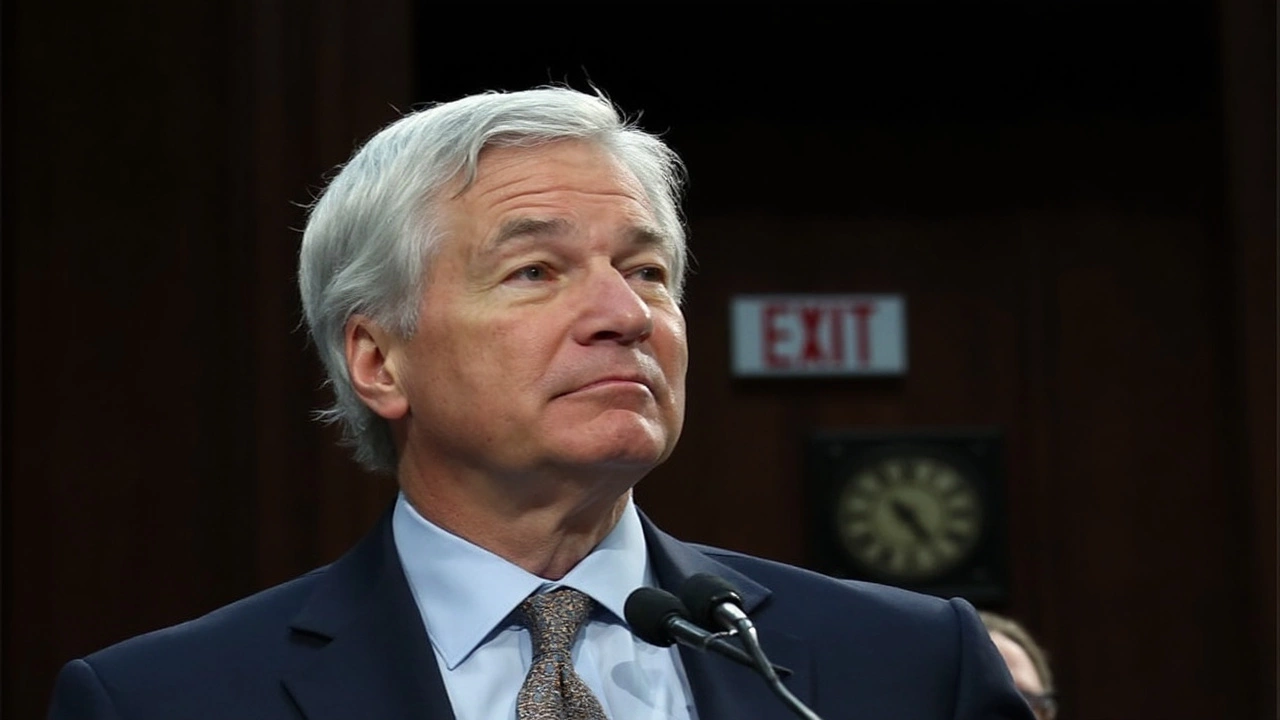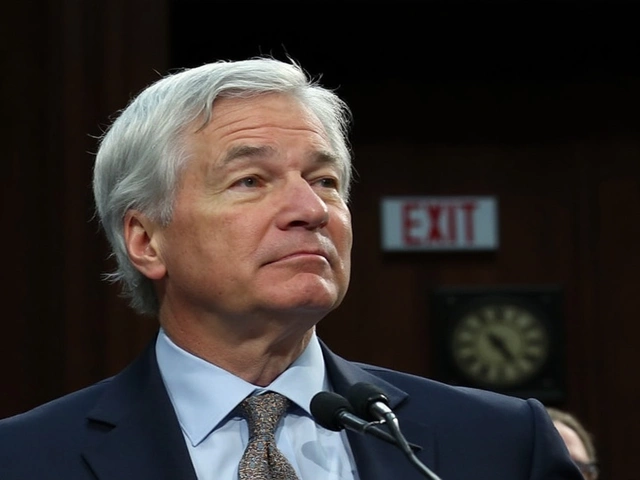Jamie Dimon Raises Red Flags Over U.S. Bond Market Turmoil
JPMorgan Chase CEO Jamie Dimon isn’t known for alarm bells just for the sake of it—so when he says the U.S. bond market is staring down the barrel of a crisis, people listen. At the Reagan National Economic Forum this month, he threw out a harsh truth: the combination of out-of-control government spending and endless money-printing (quantitative easing) has pushed the system to a breaking point. According to Dimon, these interventions weren’t just overzealous—they were, as he put it, 'massively overdone.'
Here’s the crux of his argument: investors are growing nervous about how much debt Washington is piling up—over $2 trillion in budget deficits each year. When lenders start to wonder if they’ll get their money back, they typically demand juicier returns. That’s the so-called 'bond vigilante' effect, and it sends Treasury yields soaring. This isn’t a distant theory, either—recent months have seen 30-year Treasury yields break above 5% and a chaotic April selloff in government bonds leave Wall Street rattled.
Dimon warns that if this uneasy mood turns into outright panic, credit will get a lot more expensive for everyone—not just the government. When spreads widen, it means higher borrowing costs on everything from commercial mortgages to small business loans to junk bonds. Dimon painted a rough picture: a cascading effect on high-yield markets and leveraged loans that could pinch the entire economy.
What’s Behind the Bond Jitters?
Dimon didn’t drop a ticking clock on this crisis. He suggested it could erupt anywhere from months to years from now, all depending on what policymakers in D.C. do next. To steer things back from the brink, he says the answer isn’t more spending—it’s getting the American growth engine humming. That means fewer complicated rules for businesses, faster government approvals for projects, and a bigger focus on job skills. In other words: less red tape and more hustle.
Not everyone in Washington is buying the doom-and-gloom narrative. Scott Bessent, who’s a U.S. Treasury official, shot back that Dimon has a habit of sounding the panic button. But let’s look at the facts: Moody’s recently knocked down the U.S. credit rating, market yields are at heights we haven’t seen since before the financial crisis, and the federal government’s habit of spending more than it brings in is getting, well, habitual. Even if the political class wants to shrug it off, markets are reacting—and fast.
- Businesses relying on cheap loans are already feeling the squeeze.
- Real estate deals are getting harder to close as lenders factor in more risk.
- Investors are rethinking where they park their money, watching for trouble on the horizon.
The difference this time? Dimon says the real threat isn’t about China, Russia, or global upheaval—it’s about the U.S. keeping its own house in order. The message to policy makers: ignore these signals at your peril, because the bill for easy money is coming due—and it’s not giving much of a grace period.
For now, all eyes are on Congress and the Federal Reserve. Will they hit the brakes, find a sustainable path, or will the bond vigilantes force their hand? One thing’s clear: the bond market drama is anything but over.






